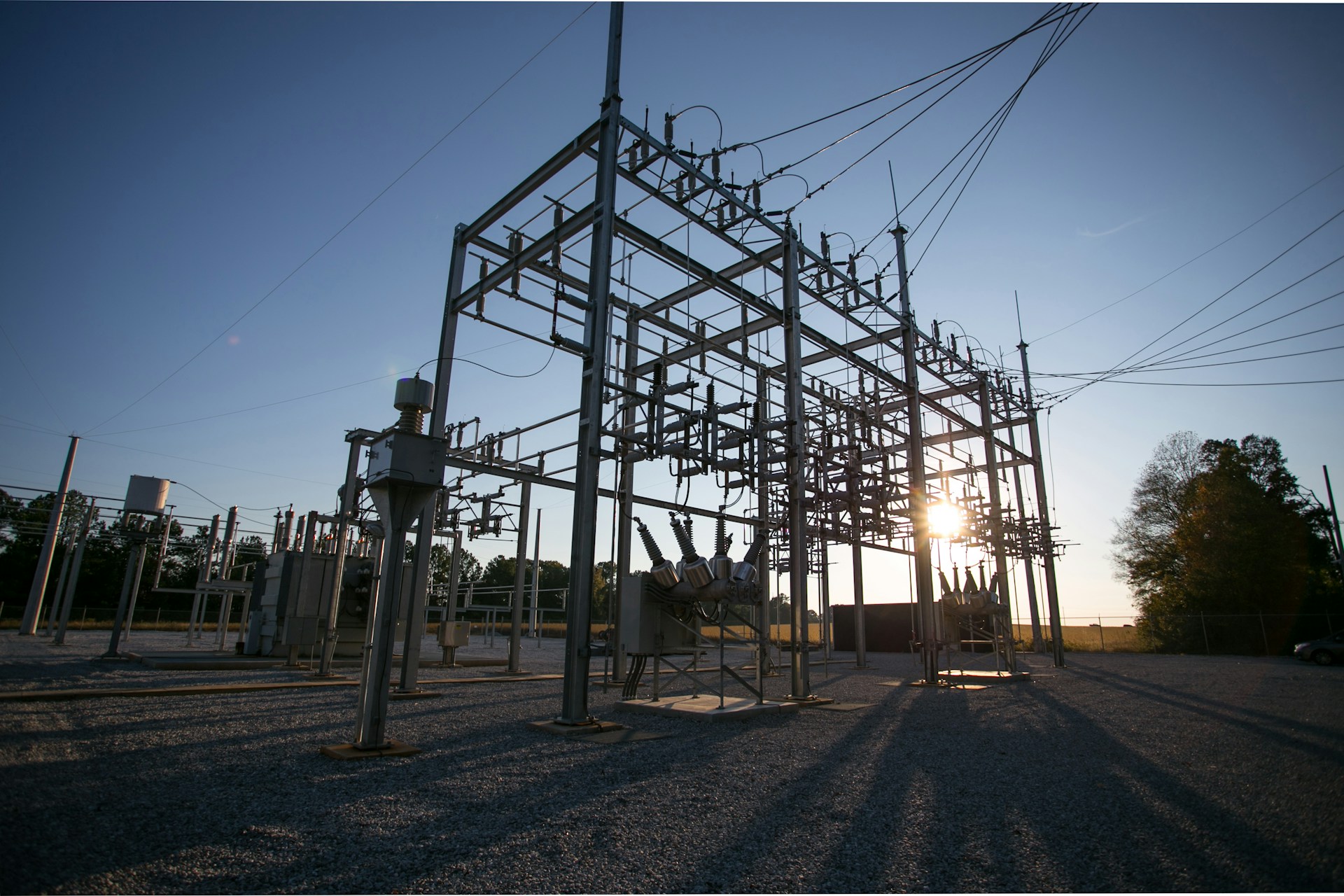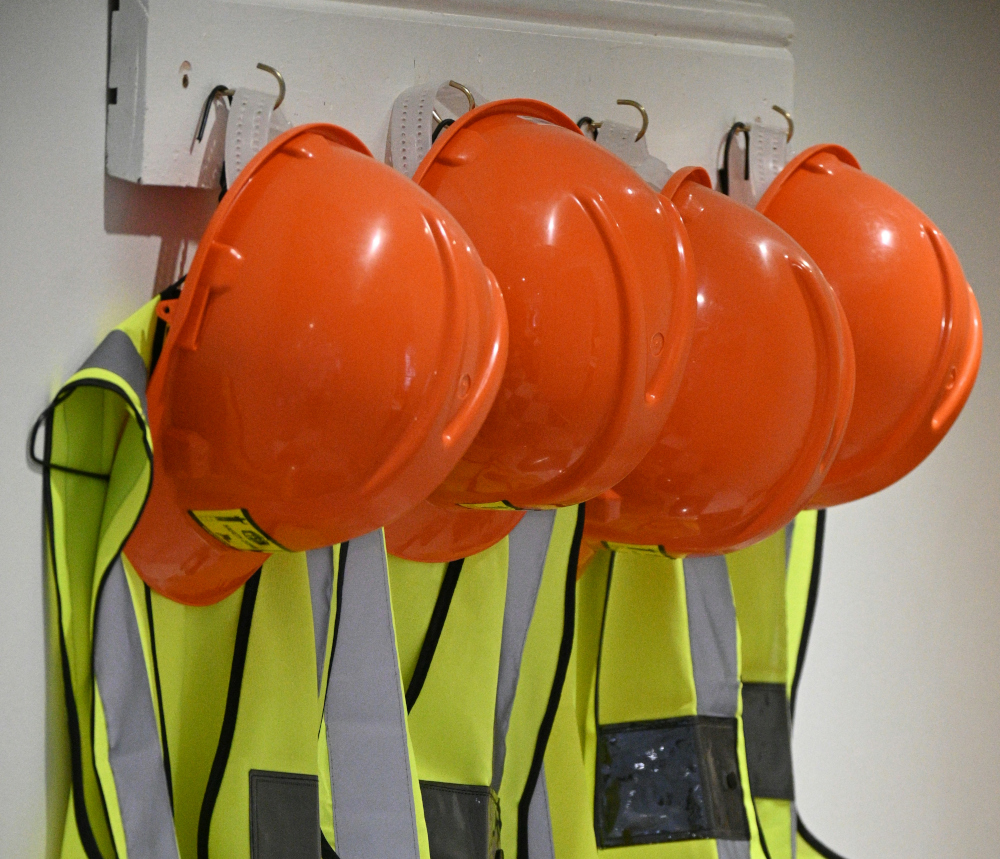
The National Renewable Energy Laboratory (NREL) in Golden has released its 2024 Standard Scenarios, celebrating its 10th annual edition. This analysis models least-cost electricity futures for the United States, reflecting ongoing modernization of U.S. electricity systems aimed at reducing energy costs and enhancing reliability.
The Standard Scenarios provide forward-looking insights into the U.S. power sector from present day through 2050, using the latest data on technology costs and performance. They are primarily modeled with NREL’s Annual Technology Baseline and Regional Energy Deployment System (ReEDS) model. The 2024 edition indicates significant growth in wind, solar, storage and natural gas generators under current policies.
Over the past decade, the Standard Scenarios have been a valuable tool to help us understand the possible future of the U.S. electricity sector — and how key uncertainties could change what that future looks like,” said Pieter Gagnon, NREL grid researcher and lead author of the Standard Scenarios.
The 2024 Standard Scenarios includes 61 scenarios designed to represent a wide range of possible energy futures. A central scenario, the Mid-case, utilizes key inputs for technology costs, fuel prices, electricity demand growth and policies as of August 2024. Additional scenarios explore variations in technology costs, transmission conditions, resource availability and future policies, including tax credit extensions and decarbonization mandates.
This year’s edition features scenarios with 100% net life-cycle CO2-equivalent (CO2e) decarbonization, with data indicating that wind, solar, natural gas, storage, nuclear and hydropower remain significant across various futures. Key findings from the technical report include:
- Coal without carbon capture and storage (CCS) is projected to largely retire or retrofit with CCS by 2032.
- Life-cycle CO2e decarbonization scenarios yield unique capacity mixtures.
- Most scenarios indicate an increase in natural gas capacity.
- Wind, solar and storage are expected to dominate new capacity additions.
- Fossil generators without carbon capture may provide more firm capacity than generation in later years.
- Emerging technologies may have limited roles under current policies but more significant roles with further policies or cost breakthroughs.
Those interested in further details can register for a free NREL webinar scheduled for Jan. 16, at 11 a.m. MT. The comprehensive technical report and scenarios are accessible via the NREL Scenario Viewer. The Standard Scenarios initiative is supported by the U.S. Department of Energy’s Office of Energy Efficiency and Renewable Energy, aimed at ensuring energy analyses are transparent and realistic.


